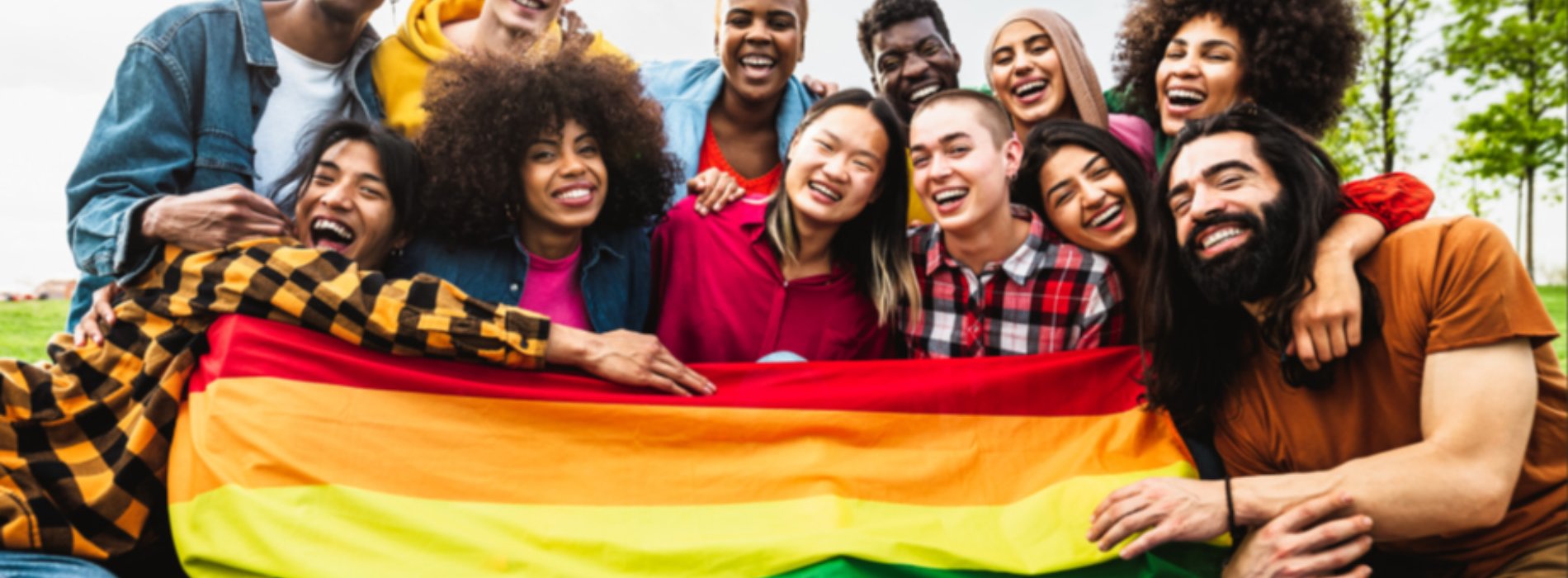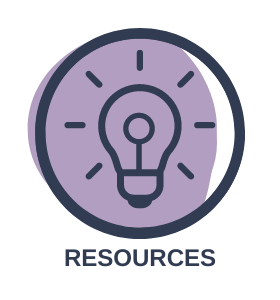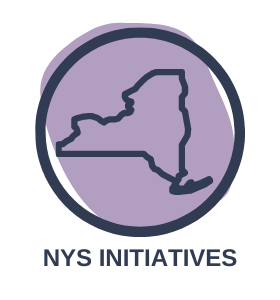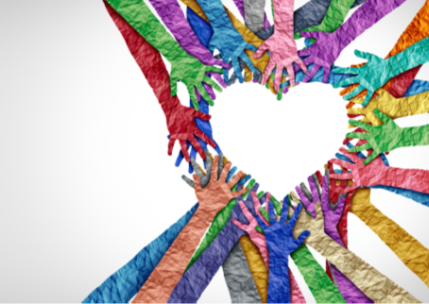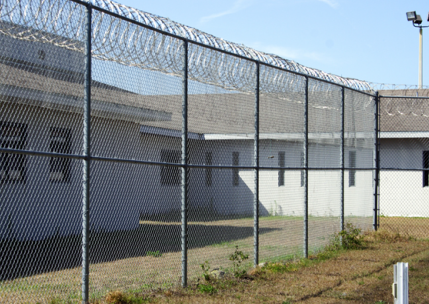Recent Trends in Gender & Youth Justice
This compilation of Gender & Youth Justice Resources offers youth, state partners, and community justice partners a gender equity resource bank of tools developed within New York State and nationally. The selected tools (including guides, toolkits, webinars, podcasts, scholarly works, and more) have been selected to provide concrete supports that empower, instruct, motivate, and inspire all of us as we further the urgent work of meeting unique needs of youth of all gender identities, gender expressions, and sexual orientations.
This Gender & Youth Justice microsite focuses on gender to recognize that differential treatment based on sex, sexual orientation, and/or gender expression often flows from historically rigid and societally reinforced gender norms, expectations, biases, and stereotypes. While the Youth Justice Institute recognizes a broad range of identities falling under the LGBTQIA+ umbrella, many resources tend to focus on subsets of this population. When referring to populations in resources and studies, we note the identity groups specifically discussed by the authors or speakers and use the acronym “LGBTQIA+” in all other instances.



